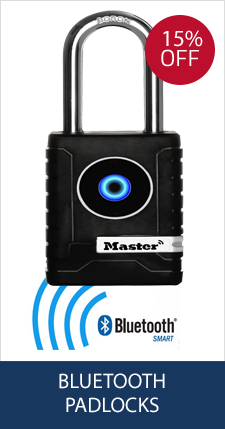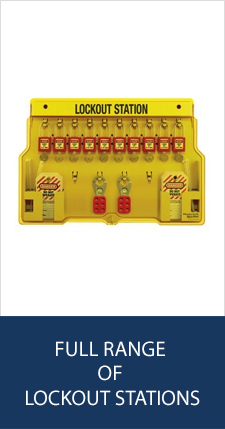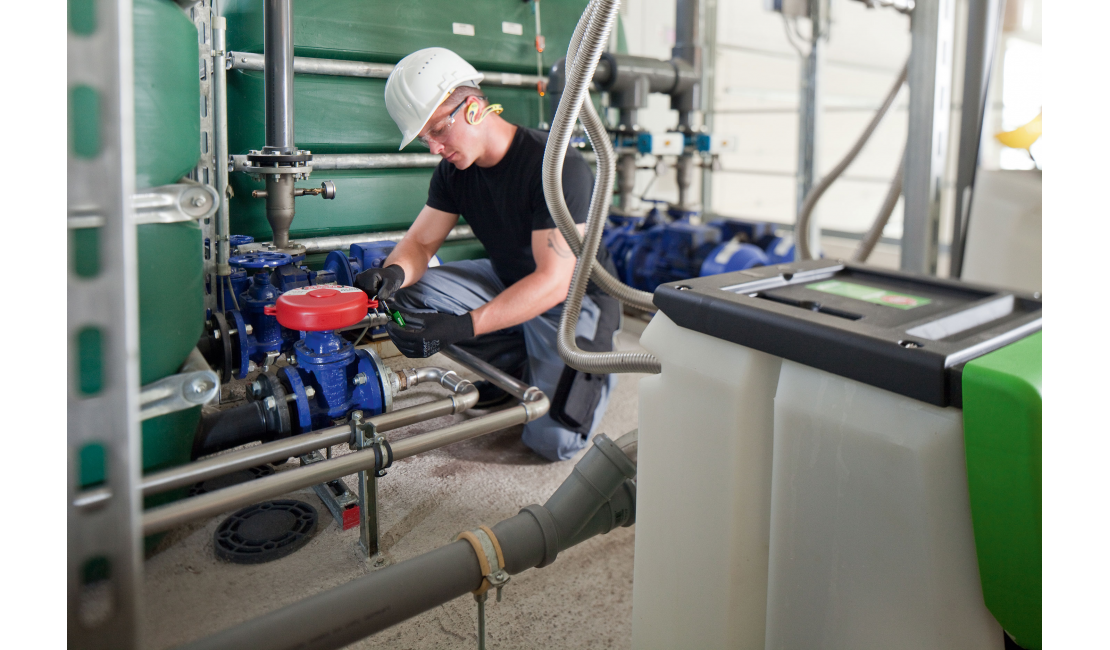When Must a Lockout/Tagout Device Be Used?
When Must a Lockout/Tagout Device Be Used?
• When service or maintenance is being performed on or around any machine where injury could result from unexpected start-up or the release of stored energy
• When new equipment or machinery is being installed
• When a guard or other safety device must be bypassed or removed
• When an employee must place any part of his body where it could be caught by moving machinery
Circuit Breaker Lockout – Designed to he lock out most major brands of breakers. The goal of this product is to isolate a given breaker in a circuit breaker panel so that the entire breaker box does not need to be locked out.
Valve Lockouts – Designed to prevent fluid or gas valves from being opened while repair or maintenance is occurring. This could involve ball valves (handle you turn 90° to shut off) or gate valves (round knob). Ball valve lockouts are measured by the length of the handle. Gate valve lockouts are measured by the diameter of the knob.
Plug Lockout – Assists in locking out any electrical plug up to certain diameters
Electrical/Pneumatic Plug – This multipurpose device can lock out electrical cords and male air hose connectors
Wall Switch Lockout – Prevents workers from tampering with switches or accidental startup of equipment. Switch can be locked in the on or off position.
Adjustable Cable Lockout – Comes with a cable that allows for locking out a wide variety of electrical or valve lockouts and accommodates multiple padlocks
Hasp – Allows more than one worker to put their padlock on an energy control device when more than one worker is performing maintenance on a given piece of equipment
Group Lock Box or Gang B Commonly used to lock out a very large pieces of equipment that have multiple work functions affecting the maintenance of the equipment. The box Allows for each lockout point to be secured with one designated lock.
The accompany keys are then placed in the box. Each employee locks just one personal safety lock onto the box. The captured keys cannot be removed, or the equipment re-energized until all have removed their locks from the box.




Comments
Leave your comment